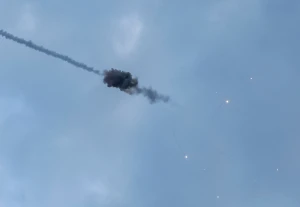
Why the West contemplates Ukraine striking Russia with Western weapons
We'll never know how different choices could have changed history. Every decision has countless impacts. If Ukraine had been allowed to use Western weapons on Russia from the start, could it have won? It's unclear, but it's clear that this permission has been key in holding the Kharkiv region
Contents
- What weapons does Ukraine have to attack Russia?
- Why do the allies restrict Ukrainians' ability to use weapons?
- What changed the West's opinion on the use of weapons and what were the consequences?
- What do experts say about the permission to use Western weapons?
Espreso will explain how the authorization to strike Russian territory has impacted the frontline and how lifting additional "red lines" might influence the situation going forward.
What weapons does Ukraine have to attack Russia?
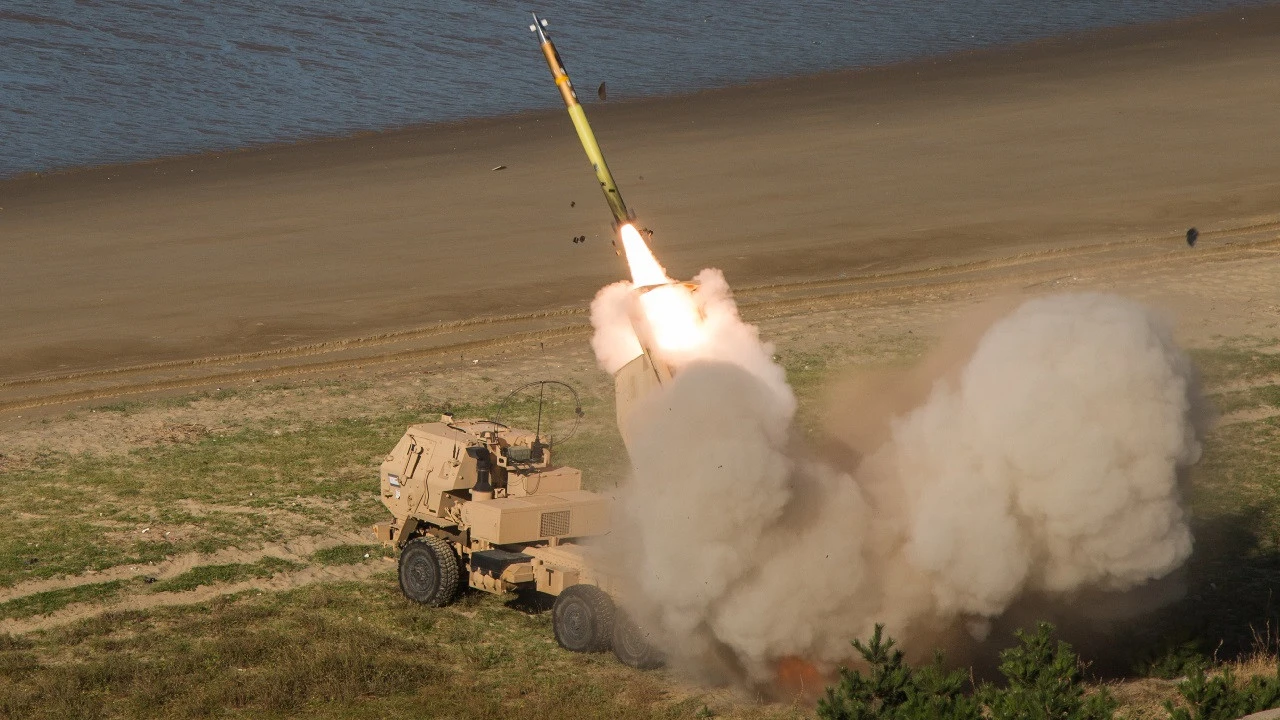
Photo: from publicly available sources
We all know that the war began in 2014. It seemed that in 10 years, Ukraine, which has both significant Soviet military experience and sufficient industrial capacity, should have produced enough of its own weapons to avoid dependence on other countries in such an important issue. However, the reality turned out to be different: old Soviet weapons were not modernized, sometimes sold, and new ones were not produced or purchased in sufficient quantities.
Before the full-scale war, Ukraine's defense industry was not a priority and was surrounded by controversy. As a result, Ukraine managed to produce only one prototype of the Bohdana howitzer, which has a range of 40-60 km and, according to the military, was later used to liberate Zmiinyi Island. In February 2022, Ukraine's General Staff ordered the destruction of the howitzer in Kramatorsk to prevent it from falling into enemy hands. Ukraine also developed the experimental Neptune missile system, with a range of 300 km, which narrowly avoided cancellation. This system was used to sink the Russian Black Sea Fleet's flagship, the missile cruiser Moskva. Additionally, Ukraine acquired Turkish Bayraktar TB2 drones, which became a symbol of resilience and victory, with around twenty in service at the start of the Russian invasion. Beyond this, no other new long-range weapons were developed or purchased, at least not publicly.
Today, the situation has changed. According to President Volodymyr Zelenskyy, Ukraine now produces the most howitzers per month in Europe. The exact number is unknown, but in April, he mentioned 10 Bohdana howitzers. Currently, the Ukrainian Armed Forces have dozens of these self-propelled artillery units, with numbers increasing monthly. While there is no information on Neptune production, it is known that Ukraine's defense industry is working on a new anti-ship cruise missile modification, which is expected to be capable of striking Moscow and military targets in Russia.
Furthermore, Ukraine is actively producing various unmanned aerial vehicles, which have been used for years to strike targets in Russia. Some of these drones have a range of up to 1,000 kilometers and are targeting Russian oil refineries. Ukrainian companies are also manufacturing armored vehicles and have nearly mastered the production of NATO-standard 155mm artillery shells. Overall, Ukraine's defense industry tripled its output in 2023, producing $3 billion worth of weapons, with even more ambitious plans for 2024.
However, this is still not enough to fight one of the world's largest armies. According to Germany's Kiel Institute, from February 2022 to February 2024, the US supplied or transferred $46.2 billion worth of weapons and equipment to Ukraine. Germany provided $10.7 billion, the UK $5.7 billion, Denmark $5.2 billion, the Netherlands $4.1 billion, Poland $3.2 billion, Sweden $2.9 billion, among other countries. In 2024, the US approved $60 billion in aid after a six-month delay, and other NATO countries signed new commitments worth billions, backed by security agreements.
So, what has been delivered to Kyiv? The range of weapons is broad and varied, with the exception of nuclear weapons. Initially, Ukraine received a significant amount of anti-tank weapons, such as Javelin and NLAW, which helped repel Russian armored columns. After the retreat of Russian forces from Kyiv, the war shifted to eastern Ukraine, where artillery and rockets were heavily used. Allies sent M777 howitzers and ammunition, as well as rocket systems like HIMARS and M270 MLRS. In 2023, Ukraine began receiving NATO tanks and other armored vehicles. Long-range missiles, such as France's Scalp, the UK's Storm Shadow (with a range of 250-290 km), and the US ATACMS, were also delivered. In spring 2024, the US provided the longest-range version of ATACMS, capable of reaching 300 km. Additionally, Ukraine's air defense was strengthened with systems ranging from Starstreak to NASAMS and Patriot. Finally, the much-anticipated F-16 fighter jets, which were expected in early 2024, have been delayed for various reasons.
Regarding all this weaponry, three questions remain: delivery time, quantity, and the ability to use it on Russian territory. The timing and quantity of supplies were key factors in the failure of Ukraine's counteroffensive in summer 2023. The ability (or inability) to use them on Russian territory was a factor in breaching the border in the Kharkiv region and halting enemy advances in the north.
Why do the allies restrict Ukrainians' ability to use weapons?
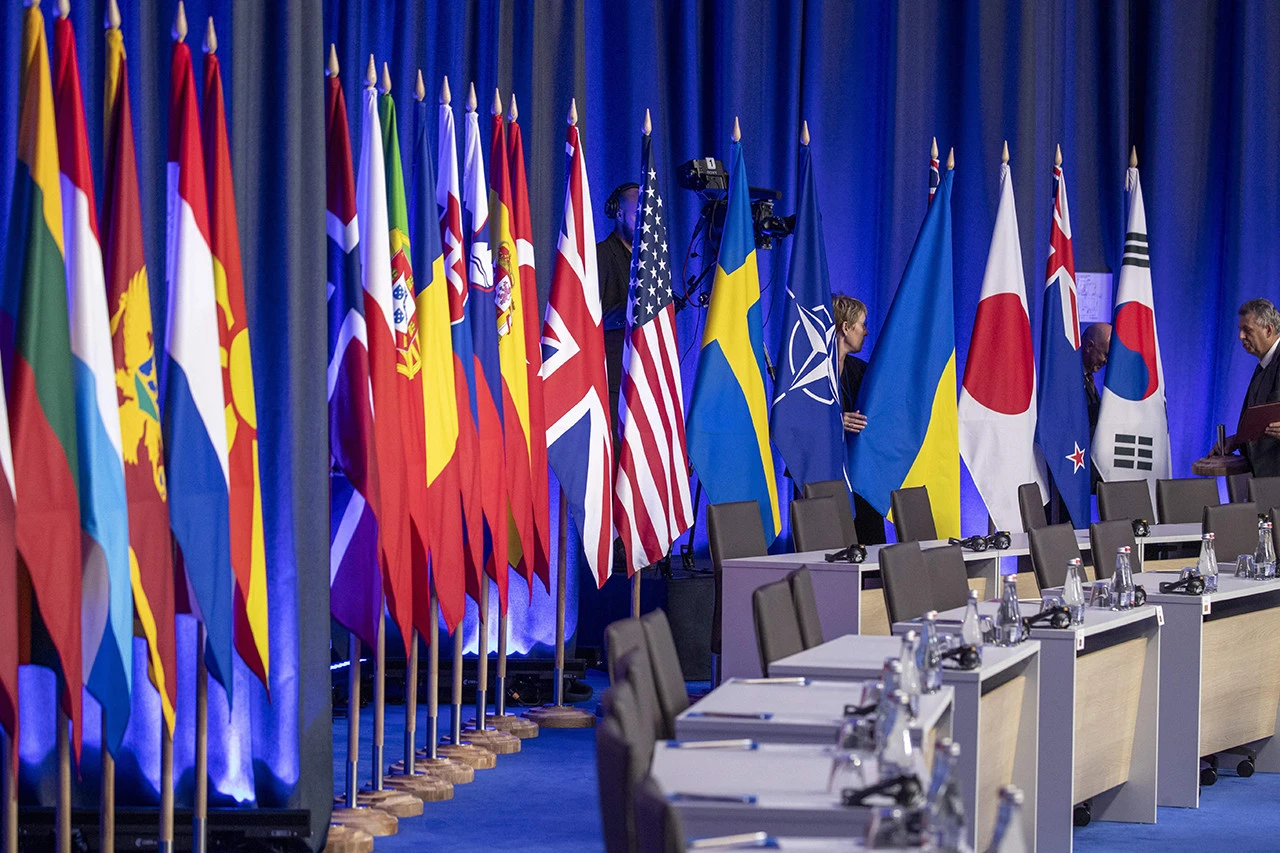
Photo: Getty Images
Despite being the largest country in the world, Russia's economy is far behind that of the US, China, Japan, and Germany. Without its vast oil and gas reserves, Russia would be indistinguishable from third-world countries. However, besides cheap natural resources, Russia has a significant lever of influence and pressure: thousands of nuclear warheads inherited from the USSR.
It is precisely this weapon of global destruction that has led to the "red lines" policy regarding Ukraine's war with Russian aggressors. This strategy means allies have set restrictions that Ukraine cannot cross without consequences. Simply put, it's the West's fear that the Kremlin leader will use a nuclear bomb (which was used for military purposes for the first and last time by Americans, dropped on Hiroshima and Nagasaki in August 1945) in response to various forms of "escalation." The use of nuclear weapons would trigger a Third World War scenario, which dominant Western democracies want to avoid.
Interestingly, these red lines have been redrawn many times since February 24, 2022. Initially, they were drawn for Russia, with the hope that the threat of sanctions would deter Putin from starting a full-scale war, but this was unsuccessful. Sanctions not only failed to weaken but, to some extent, strengthened Russia's economy, which shifted to the defense sector. Although analysts say this is temporary, the fact remains that Russians are circumventing sanctions and continue to earn money thanks to the Global South.
Regarding Ukraine, these "red lines" were drawn as a mirrored response to Russia's statements that Western weapons in Ukraine meant conflict with NATO. Initially, allies were reluctant to provide tanks, long-range missiles, and aircraft, but step by step, Ukrainian diplomacy and public opinion managed to partially lift these restrictions. Moreover, NATO missiles have repeatedly struck military bases in temporarily occupied Crimea, which Russians consider part of the Russian Federation. As we can see, Russia has not used nuclear weapons, and World War III has not occurred. Therefore, the world increasingly understands that the Kremlin is bluffing.
However, the stakes are too high to lift all bans completely. Furthermore, as foreign media note, the latest NATO summit showed that allies are ready to help Ukraine defend itself but not to the extent that Kyiv would achieve victory. This might seem illogical, but the logic is simple and again lies in the fear of weapons of mass destruction. If Ukraine wins, regains all territories, and Putin's regime wavers, leading to Russia's potential disintegration into separate states, who can guarantee that nuclear weapons will remain secure and not fall into the hands of terrorists or another Kim Jong Un? For the West, it is simpler to deal with one Russian tsar than with many smaller tsars.
What changed the West's opinion on the use of weapons and what were the consequences?
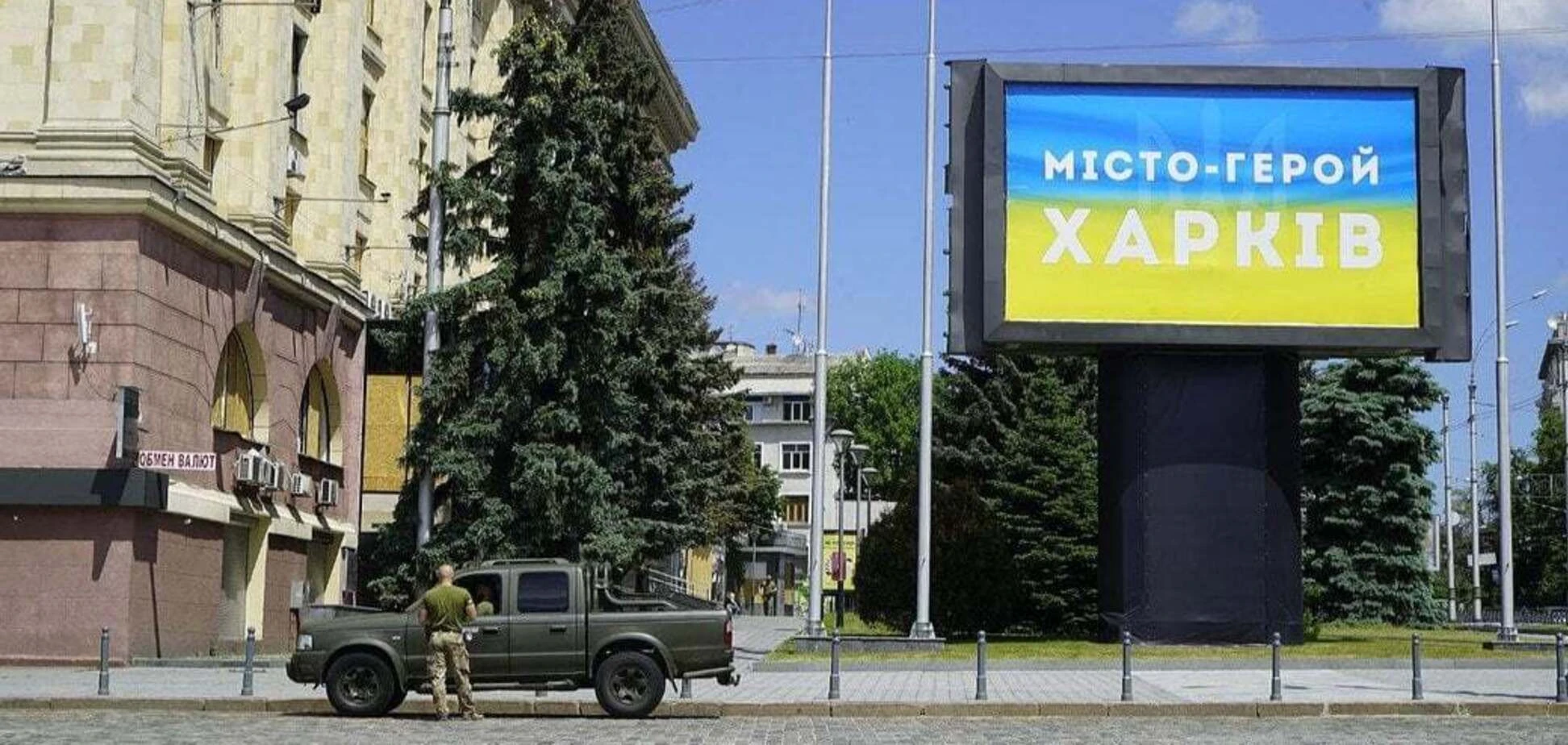
Photo: Suspilne
Ukraine has consistently faced a shortage of artillery shells, a situation that became particularly acute in the fall of last year. At that time, for every 10 shells fired by the Russian army, the Ukrainian Armed Forces could only respond with 1-2 shots. The problem was that the Russians managed to obtain millions of shells from North Korean stockpiles, while Ukraine's allies began to falter, questioning the feasibility and justification for allocating funds, as seen with the Republicans in the US and the Hungarians in the EU. Consequently, at the beginning of 2024, Ukraine found itself in a difficult and disadvantageous position.
After the Ukrainians lost Avdiivka, the Russians intensified their attacks, using more 500-kg guided bombs that destroyed fortifications and buildings in cities and villages. Although the Americans approved $60 billion in aid in April, it was impossible to deliver large quantities of weapons and ammunition over such a distance in a day, a week, or even a month. Therefore, it was only in June-July that Ukrainian defenders at the front began to feel a significant resupply.
Meanwhile, the Russian command launched what Putin called the battle for a "sanitary zone" – an offensive in the Kharkiv region, opening another active frontline and forcing Ukraine to divert reserves to defend the north. Although nearly all intelligence agencies worldwide had predicted this Russian offensive months before the attack, and the Ukrainians themselves saw it coming, they could not counter it. The delays from the US in delivering shells and the lack of permission to use Western weapons on Russian territory were critical issues.
A year ago, there was an uproar when Russian Volunteer Battalion fighters used Belgian weapons during their advance on Belgorod. The Ukrainian Defense Ministry had to explain how this happened without permission to use those weapons on Russian territory. Similarly, there was controversy over Patriot missile strikes on targets in Russia, which prompted "angry calls from Berlin and Washington" to Kyiv. These "red lines" on the use of weapons were likened to a boxing match where Ukrainians had to fight with one hand tied behind their back, waiting for their coach’s permission.
However, the situation in the Kharkiv region developed rapidly. Within a day, the Russians captured several villages and reached Vovchansk, alarming the US and Europe about the potential loss of Ukraine's second-largest city, Kharkiv. Consequently, the restriction was lifted, allowing partial strikes on Russian territory with Western weapons. In early June, global leaders began stating one after another that there was no prohibition and that Ukrainians could use weapons within international law to strike enemy military targets. This change had a significant impact – the Russian offensive stalled, and their border territories were no longer safe from Ukrainian strikes.
According to CNN, the permission to use Western weapons on Russian territory had a "huge impact" for Ukrainians, enabling them not only to push back Russian artillery but also to target S-300 and S-400 missile systems, which had terrorized Kharkiv since the start of the full-scale war.
"Ukrainian attacks on Russian supply lines have left Russian units scrambling for food, water and ammunition," reported The Washington Post dramatically.
However, this permission was not a cure-all and did not negate the skill of the Ukrainian Armed Forces. The approval came with limitations – Himars could be used, but not ATACMS, and strikes were allowed along the border or if Russian forces were preparing to strike. Unilateral strikes on military targets were not allowed, and all attacks had to be coordinated with the Americans.
"This will certainly ease the situation... No more, no less," commented Kyrylo Budanov, head of the Ukrainian Main Intelligence Directorate, on the essence of this permission.
Despite this, Russians along the border with Kharkiv, Sumy, and Chernihiv regions had to partially move their military bases tens or even hundreds of kilometers inland, reducing the effectiveness of their logistics and supply lines and helping to halt the advance. The effectiveness of Ukrainian actions is also evidenced by British intelligence data, which reports that in these two months, the Ukrainian Armed Forces eliminated a record 70,000+ Russian soldiers.
However, this is not enough since Kyiv still cannot strike deep into Russian territory with Scalp/Storm Shadow, ATACMS, or Patriot missiles. This means Russian fighters and their airfields near Ukraine feel relatively safe and continue to launch dozens of guided bombs on Ukraine daily. Therefore, during meetings with allies at the NATO summit, President Zelenskyy repeatedly emphasized the importance of completely lifting these "red lines" on the use of Western weapons.
"Once we can strike further than just near the border, including Russian military airfields, we will not only protect ourselves from any Russian offensive actions but also secure our frontline positions and cities from Russian bombs," Zelenskyy recently stated.
"If the White House approves the change, it would erase one of the administration's final remaining red lines on the Ukraine war," writes Politico.
However, this has not yet happened, and it is not certain it will due to differing views on victory in the offices of Kyiv, Washington, Berlin, and elsewhere. As US President Joe Biden said at the close of the NATO summit, the US government continues to "decide daily" on which Russian targets Ukrainian forces are allowed to strike.
What do experts say about the permission to use Western weapons?
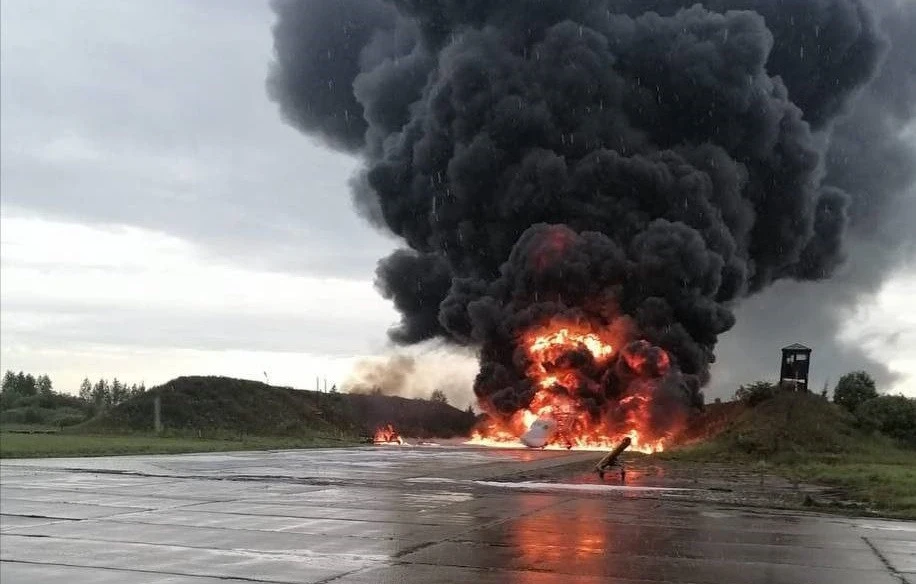
Photo: social media
Military expert, Colonel of the Ukrainian Armed Forces, and former spokesman for the General Staff Vladyslav Selezniov told Espreso that the limited permission to strike the border area with Western weapons has "resolved the stalemate" that had been occurring in northern Ukraine.
"Until recently, we had a deadlock. On one hand, our intelligence clearly understood that the enemy was accumulating military resources in the Belgorod region to attack northern Kharkiv, but we were not allowed to use Western-made rockets to destroy them as part of preventive measures. Now the situation has changed thanks to these permissions. Previously, Russia could accumulate its military resources, form units, and carry out such activities within 3-5 km from the state border. Now they are forced to conduct these activities at distances of over 80 km from the border. The same applies to depots, bases, arsenals, command posts, and communication points. Several successful strikes on enemy command posts have forced the enemy to retreat somewhat," the expert said.
He added that it is important for Ukrainians to be given permission to strike with missiles 300 km deep into Russian territory.
"Operational airfields, from which Russian military aircraft take off, are located at distances of 50-300 kilometers. We can see concentration areas and aircraft but do not have permission to use ATACMS to guarantee the destruction of their aviation equipment. Because once in flight or after launching guided bombs, it is practically impossible to destroy them. Therefore, this decision we advocate will help counter enemy guided bombs. Russia drops more than a hundred guided bombs a day. Why? Because it reliably destroys all fortifications, regardless of their level of fortification and readiness, which makes it impossible for the Ukrainian army to resist. Therefore, preventive measures remain relevant," Vladyslav Selezniov said.
He added that the next step, if all these restrictions are lifted, would be for the Ukrainian Armed Forces to target Russian Iskander launchers, ammunition depots, communication and personnel concentration points, armored vehicles, and weaponry.
"Working on these targets at a distance of 300 km will help reduce the combat potential of the Russians, and we will accordingly gain some parity on the battlefield," the expert said, noting that without removing these "red lines," it will be very difficult in future confrontations.
Ihor Romanenko, founder of the Safe Skies Over Ukraine Charitable Foundation and former Deputy Chief of the Ukrainian General Staff, noted to Espreso that, besides Kharkiv, the situation was also improved in Sumy thanks to the limited use of Western weapons on the Russian border.
"Significant changes have manifested at the operational level, but not higher. Lifting the ban means new resources were added – such as Himars and corresponding ammunition. This has allowed us to influence the situation in the Kharkiv direction on one hand, and on the other hand, to disrupt enemy groupings, specifically depots, logistical routes, and everything near Sumy. When the ban was lifted, our forces actively worked to neutralize the enemy’s offensive momentum. A few months ago, General Skybytskyi said that the Main Intelligence Directorate had uncovered plans for an enemy offensive on Kharkiv and Sumy. The situation around Kharkiv has stabilized, but the Russians lack resources for Sumy, though they are gathering them. All these permissions to use weapons have pushed the enemies back 100 km from the border. Now, if they attempt an offensive on Sumy, they will have to concentrate their forces 100 km away and then march to the front line and advance more quickly," Ihor Romanenko said.
The military expert also agrees that there is a need to expand the range of capabilities to reduce the advantage of the Russians due to their guided bombs and aviation.
"Since last year, our strategic issue has been dealing with guided aerial bombs. Reducing their potential use by the Russians is possible through several measures. First, detecting and targeting depots where these bombs and their equipment are stored. We have already conducted such strikes with our strike drones. But the warhead of these drones is about fifty kilograms. For example, some ATACMS missiles weigh over 400 kg. Second, targeting airfields, carriers, and the bombs being delivered there. And third, targeting carriers when they are in flight. Our forces have already shot down several aircraft and helicopters with Patriot. Then the Americans categorically forbade us from doing this, saying they would no longer provide missiles for them, although later they said they hadn't forbidden it."
Ihor Romanenko also emphasizes that Ukrainian allies' approach is twofold, as they say they provide necessary weapons but do not fully lift restrictions to avoid "provoking escalation."
"Moreover, the Americans are not sending F-16s and Swedish Gripens. That’s why they can't appear in Ukraine soon. They fear escalation. That's the whole American approach in this regard," the expert notes.
Romanenko adds that the best scenario for Ukraine now would be to stabilize the front line during the summer and fall.
"This means stopping the Russian army's advance. Second, destroying as much enemy equipment and personnel as possible. And only third, based on the situation where the advance has been halted, starting to form reserves. But the situation with weapons, equipment, and ammunition also needs to change. It is necessary for it to arrive quickly and in a broad spectrum of modern weaponry. This is not currently observed, and that is why we have the results we have on the front. Moreover, there is the issue of mobilization, which was long unresolved and only recently addressed," the expert concludes.
- News











